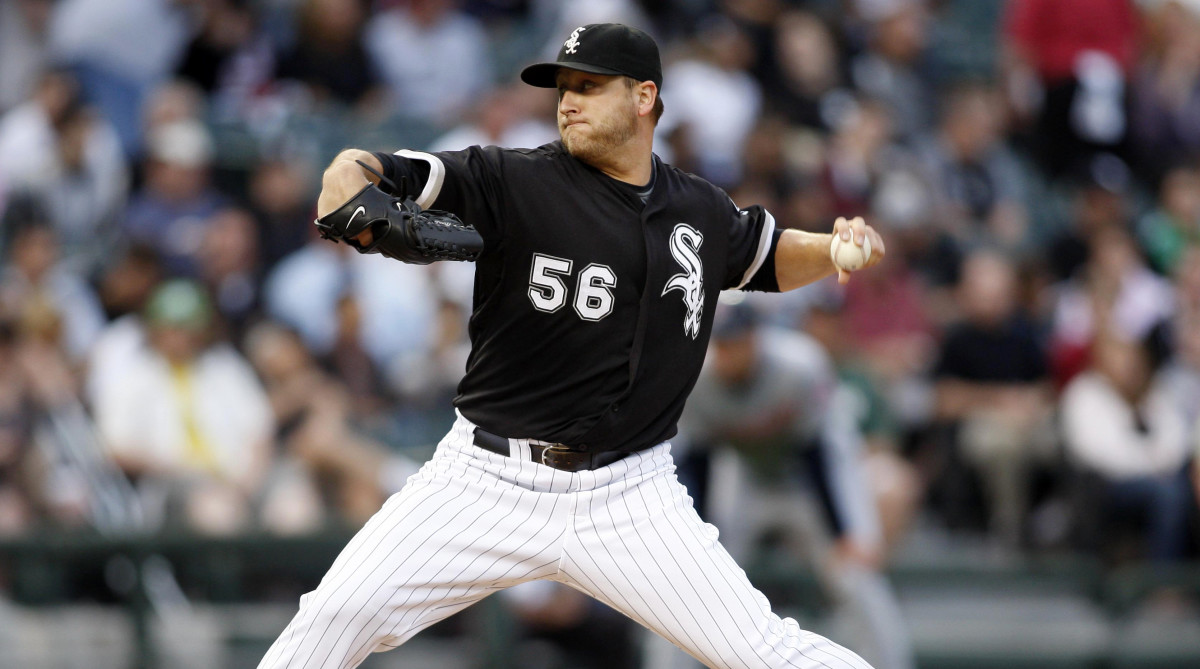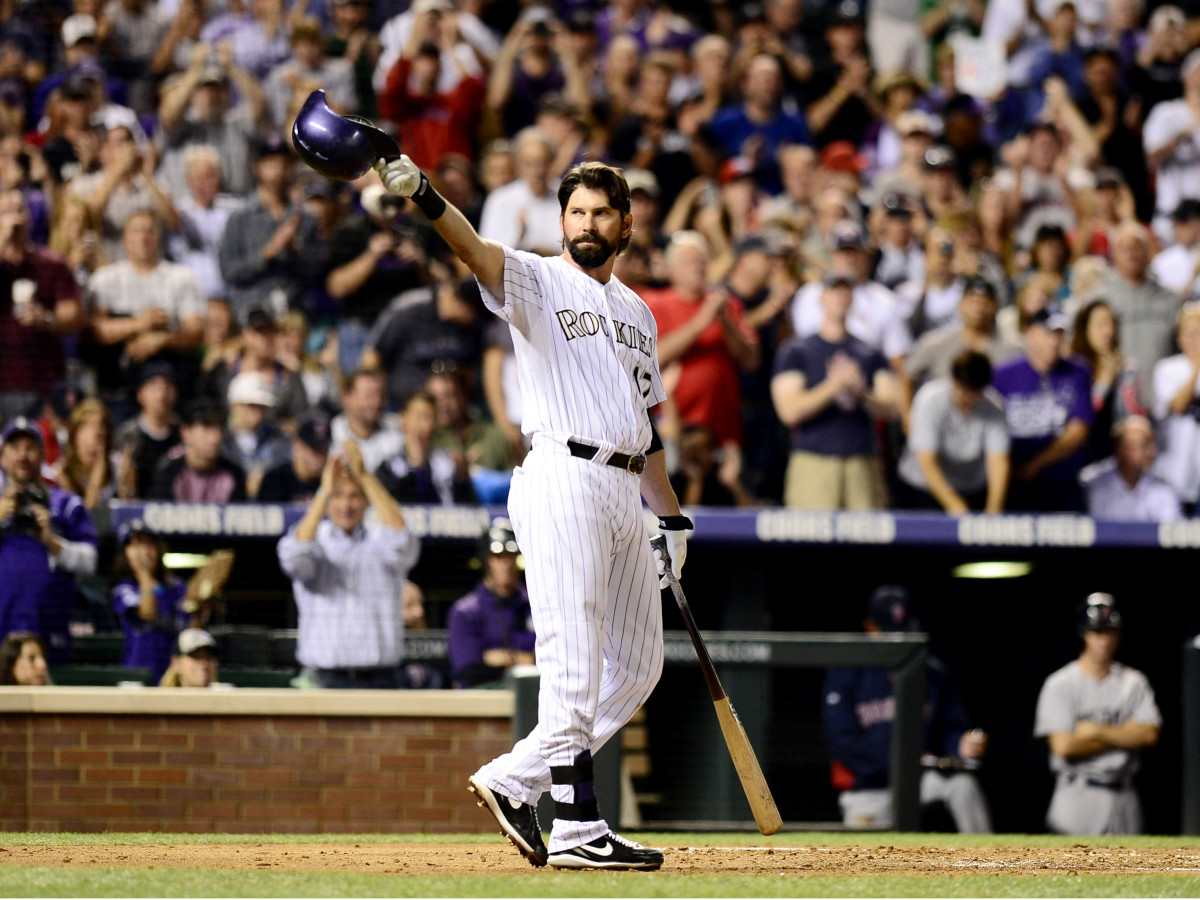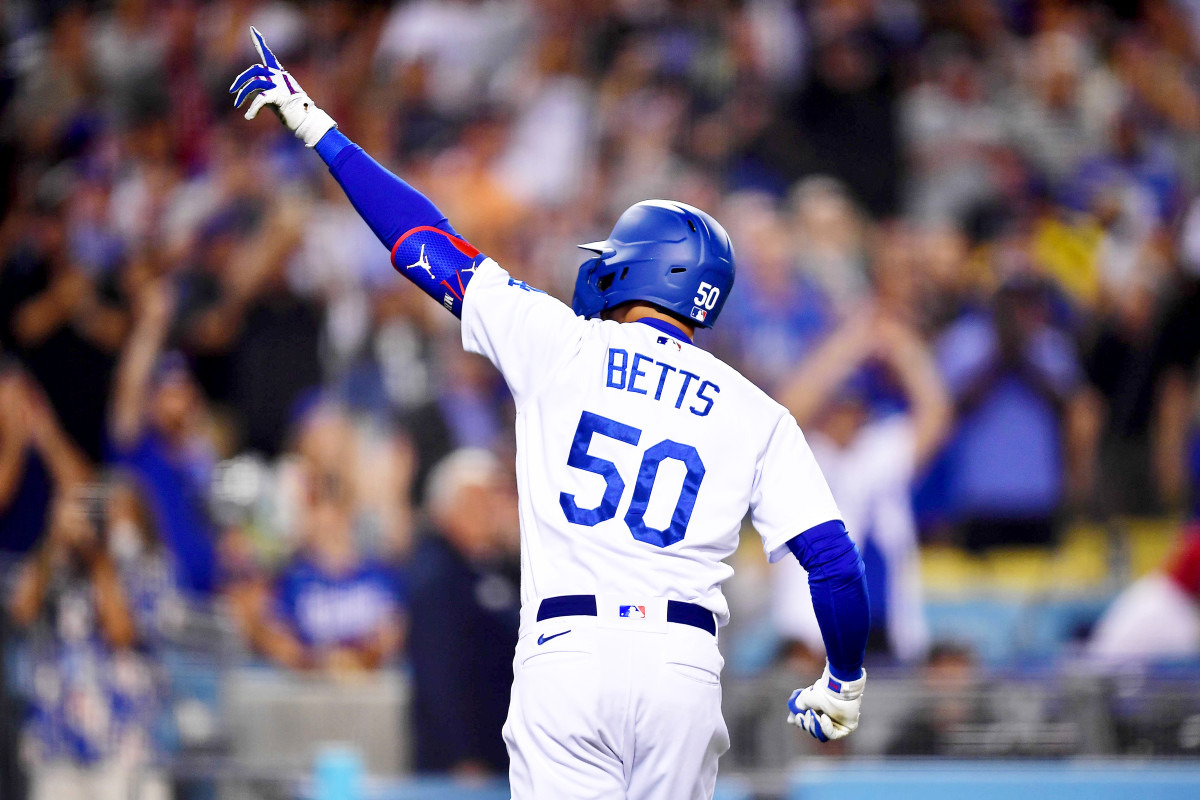Using Gradual Peak to Evaluate Hall of Fame Candidates


It seems that longevity gets overlooked when it comes to the Hall of Fame. Plenty of guys who play for years past their peaks are dismissively referred to as compilers, especially if their best years were less impressive than those of players with high peaks but shorter careers. That is the case for many of the players getting votes in this year’s BBWAA Hall of Fame election.
However, I like to look at these so-called compilers another way. They were very good players for an extended period of time. Let’s consider these players the gradual peakers.
By my count, there are nine gradual peakers on this year’s ballot:
1. Bobby Abreu
2. Carlos Beltrán
3. Mark Buehrle
4. Todd Helton
5. Torii Hunter
6. Jeff Kent
7. Andy Pettitte
8. Scott Rolen
9. Jimmy Rollins
None of these players are consensus Hall of Famers. With the exception of maybe Beltrán, none of them were considered the best players at their positions during their careers. Only two of them, Kent and Rollins, won an MVP award, and they weren’t really the best players in their leagues that season.
Go a little deeper, though, and you’ll see that even though they didn’t have the strongest peaks, they maintained their peaks for a fairly long time. For this exercise, you’ll need to know two definitions, which, as far as I’m aware, I am making up right now.
Steep peak: The period of a player’s career that begins with his first 5-WAR season and ends with his last 5-WAR season.
Gradual peak: The period of a player’s career that begins with his first 3-WAR season and ends with his last 3-WAR season.
For steep peak and gradual peak, the stats listed are per-year averages. All WAR is Baseball Reference’s version, and the WAR listed for pitchers doesn’t include their offensive WAR.
Abreu
Career: 18 yrs, 60.2 WAR, .291/.395/.475 slash, 288 HR, 1,363 RBIs, 400 SB, 128 OPS+
Steep Peak: 7 yrs, 5.9 WAR, .308/.416/.525 slash, 23 HR, 92 RBIs, 29 SB, 143 OPS+
Gradual Peak: 12 yrs, 4.8 WAR, .301/.406/.497 slash, 21 HR, 97 RBIs, 28 SB, 133 OPS+
Beltrán
Career: 20 yrs, 70.1 WAR, .279/.350/.486 slash, 435 HR, 1,587 RBIs, 312 SB, 119 OPS+
Steep Peak: 8 yrs, 5.9 WAR, .282/.364/.513 slash, 29 HR, 104 RBIs, 29 SB, 125 OPS+
Gradual Peak: 14 yrs, 4.7 WAR, .282/.360/.497 slash, 24 HR, 88 RBIs, 22 SB, 122 OPS+
Buehrle
Career: 16 yrs, 60.0 WAR, 214–160, 3.81 ERA, 1.281 WHIP, 1,870 K, 3,283 ⅓ IP, 117 ERA+
Steep Peak: 9 yrs, 4.5 WAR, 15–11, 3.79 ERA, 1.263 WHIP, 128 K, 223 IP, 122 ERA+
Gradual Peak: 14 yrs, 4.2 WAR, 14–11, 3.81 ERA, 1.281 WHIP, 124 K, 217 IP, 117 ERA+
Helton
Career: 17 yrs, 61.8 WAR, .316/.414/.539 slash, 369 HR, 1,406 RBIs, 133 OPS+
Steep Peak: 5 yrs, 7.5 WAR, .349/.450/.643 slash, 37 HR, 123 RBIs, 160 OPS+
Gradual Peak: 12 yrs, 4.9 WAR, .329/.429/.568 slash, 27 HR, 99 RBIs, 141 OPS+
Hunter
Career: 19 yrs, 50.7 WAR, .277/.331/.461 slash, 353 HR, 1,391 RBIs, 195 SB, 110 OPS+
Steep Peak: 4 yrs, 4.3 WAR, .288/.354/.461 slash, 21 HR, 88 RBIs, 10 SB, 125 OPS+
Gradual Peak: 12 yrs, 3.9 WAR, .278/.337/.475 slash, 24 HR, 88 RBIs, 14 SB, 115 OPS+
Kent
Career: 17 yrs, 55.4 WAR, .290/.356/.500 slash, 377 HR, 1,518 RBIs, 123 OPS+
Steep Peak: 3 yrs, 6.5 WAR, .315/.387/.556 slash, 31 HR, 113 RBIs, 147 OPS+
Gradual Peak: 11 yrs, 4.3 WAR, .293/.360/.516 slash, 26 HR, 101 RBIs, 128 OPS+
Pettitte
Career: 18 yrs, 60.7 WAR, 256–153, 3.85 ERA, 1.351 WHIP, 2,448 K, 3,316 IP, 117 ERA+
Steep Peak: 10 yrs, 4.0 WAR, 16–8, 3.74 ERA, 1.334 WHIP, 141 K, 192 IP, 122 ERA+
Gradual Peak: 14 yrs, 3.6 WAR, 16–9, 3.89 ERA, 1.358 WHIP, 145 K, 197 IP, 117 ERA+
Rolen
Career: 17 yrs, 70.1 WAR, .281/.364/.490 slash, 316 HR, 1,287 RBIs, 118 SB, 122 OPS+
Steep Peak: 12 yrs, 5.0 WAR, .284/.370/.503 slash, 22 HR, 85 RBIs, 8 SB, 125 OPS+
Gradual Peak: 14 yrs, 4.9 WAR, .284/.370/.500 slash, 21 HR, 85 RBIs, 8 SB, 125 OPS+
Rollins
Career: 17 yrs, 47.6 WAR, .264/.324/.418 slash, 231 HR, 1,421 runs, 470 SB, 95 OPS+
Steep Peak: 2 yrs, 5.8 WAR, .288/.346/.490 slash, 20 HR, 108 runs, 44 SB, 112 OPS+
Gradual Peak: 11 yrs, 3.6 WAR, .269/.330/.432 slash, 17 HR, 96 runs, 32 SB, 99 OPS+

Hall of Fame cases shouldn’t be boiled down to these numbers alone. Rollins has the shortest steep peak and gradual peak of the nine players above, but I would vote for him to make the Hall of Fame before I would Hunter, Buehrle and Pettitte because of how he compares to his contemporaries at his position. Helton had the best steep peak of the group, but his gradual peak was as long as Rolen's steep peak.
We typically measure players’ peak performance as their best seven seasons by WAR, and they don’t need to come in consecutive years. Jay Jaffe’s JAWS system takes the average of a player’s WAR and WAR7 to account for both peak and longevity. But, if there’s anything to take away from this exercise today, it’s that not all peaks are created equal, not just in productivity, but also in length.
The ways we evaluate players are constantly evolving. The next step to the steep peak and gradual peak metrics is to do what Jaffe does with WAR and WAR7 and take the average of steep peak, gradual peak and career WAR. Here’s what that would look like for Helton.
Steep peak WAR: 37.5
Gradual peak WAR: 59.2
Career WAR: 61.8
Avg = 52.8 WAR
I haven’t done this yet for other players, but now I’m curious to see where that would rank among all-time first basemen. That, however, is a longer-term project. I will provide an update in next week’s edition of the Five-Tool Newsletter.
Until then, I’ll leave you with some breaking news from this afternoon. The Twins have traded reigning AL batting champion Luis Arraez to the Marlins for righthander Pablo López and prospects Jose Salas, an infielder, and Byron Chourio, an outfielder. This is an intriguing trade that addresses a key need for each team. Minnesota desperately needed to add another starting pitcher, as I wrote last week. Miami, meanwhile, needed to improve its weak lineup this offseason, and it has a surplus of young starting pitchers.
As I write this, Emma Baccellieri is working on a column about today’s trade, which will be online some time later today. So head over to si.com/mlb later this evening to check it out.
Have any questions or comments for our team? Send a note to mlb@si.com.
1. THE OPENER

Typically in this section, we spotlight one of our most recent stories from either Thursday or Friday. Instead, today, let’s take a look at a two-part project that Will Laws wrote this week. He went through every age group of active players and picked the most likely player to make the Hall of Fame. We published the under-30 group on Wednesday, and the 30-and-older one yesterday. You should definitely check both of them out.
Most Likely Baseball Hall of Famers at Each Age Under 30 by Will Laws
Most Likely Baseball Hall of Famers at Each Age 30 and Over by Will Laws
2. ICYMI
Over the past month or so, we’ve been breaking down the Hall of Fame cases for some of the players on this year’s BBWAA ballot. Here they are in case you missed them the first time around:
Torii Hunter’s Hall of Fame Case Is Stronger Than You’d Think by Nick Selbe
Six Questions That Will Decide Billy Wagner’s Hall of Fame Fate by Tom Verducci
Scott Rolen Is on Pace to Make Hall of Fame History by Tom Verducci
Francisco Rodríguez and the Curious Hall of Fame Case for Closers by Nick Selbe
Andruw Jones’s Hall of Fame Case Comes Down to His Historic Peak by Will Laws
Jimmy Rollins Has a Long Way to Go Before He Gets His Hall of Fame Due by Matt Martell
Bobby Abreu’s Hall of Fame Case Is Gaining Steam—Slowly But Surely by Nick Selbe
Jeff Kent Is in Danger of Being Snubbed From the Hall of Fame by Will Laws
3. WORTH NOTING from Nick Selbe
At a time when roster activity has slowed down, the Royals added a closer yesterday with the reported signing of Aroldis Chapman to a one-year deal. The reasoning behind the move, to this writer at least, is difficult to make sense of. The lefthander most certainly won’t close for Kansas City, with Scott Barlow back in the mix after a productive 2022 season. Chapman is coming off the worst season of his career: Strikeouts were down, walks were up and his one-eye-popping fastball was slower than it’s ever been before. For a young team trying to notch its first winning season eight years, it’s hard to see the rationale behind adding a player who was left off his previous club’s postseason roster after failing to show up to a mandatory workout (not to mention his far more egregious past off-field transgressions).
4. TRIVIA from Matt Martell
Previous Question: Carlos Santana is the active home run leader among switch hitters, with 278. Who ranks second?
Answer: José Ramírez, 192
Question: In 2018, the year he won the AL MVP, Mookie Betts hit 32 home runs, stole 30 bases and won the batting title with a .346 average. Who is the only player with a higher average in a 30/30 season?
5. THE CLOSER from Emma Baccellieri
To continue the Hall of Fame theme, let’s end with one player who may or may not make it back to the ballot next year: Francisco Rodríguez. (What better way to close us out?) There are plenty of other first-time candidates set to fall off—think of those yet to receive a single public vote, like Matt Cain, Jacoby Ellsbury and Huston Street—and there are others who have comfortably passed the 5% threshold to return to the ballot without being a lock for the induction mark of 75%. But Rodríguez is in a category all his own for the moment: He’s been on 8.9% of public ballots. (The number comes from Ryan Thibodaux’s amazing ballot tracker.) That gives him a decent chance of carrying over to next year, if he stays on more or less the same proportion of private ballots as public ones, but that’s not a sure thing. I don’t feel K-Rod is a Hall of Famer. But I do think he’s a really interesting case study for the role of relievers in Cooperstown, and for that reason, if nothing else, I find myself kind of hoping we get one more year to discuss his case.
That’s all from us today. We’ll be back in your inbox next week. In the meantime, share this newsletter with your friends and family, and tell them to sign up at SI.com/newsletters. If you have any questions or comments, shoot us an email at mlb@si.com.
